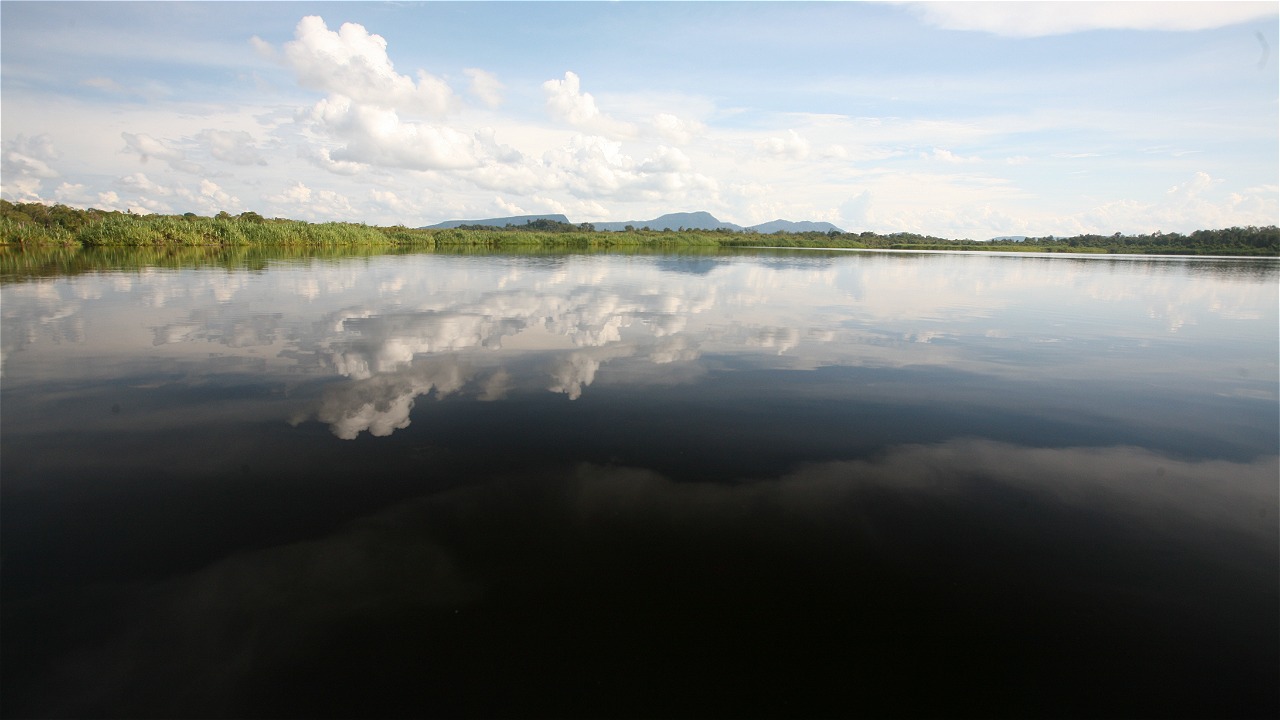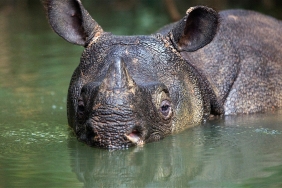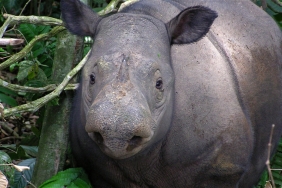HEART OF BORNEO ENVIRONMENTAL STATUS 2014
The Heart of Borneo conservation initiative has been ongoing for several years now and has received a wide range of support from all stakeholders. Of course, we need to have a clear and comprehensive picture of the current and past status of the environment in the HoB, and see any major changes in ecological conditions. This can be done through a regular observation process.
In 2008, the environmental status of the HoB was measured for the first time. This led to the monitoring of the environmental health of the HoB to be measured using a series of scientific biological and ecosystem indicators derived over time at regular intervals.
The indicators are of four types:
- Biological indicators on the status of key ecosystems and selected key species;
- Socio-economic indicators on the welfare of communities in the HoB;
- Threat indicators assessed in terms of severity and irreversibility (including conversion, timber harvest, forest fires, mining);
- Conservation management indicators
- Conservation management indicators (including protected area representation, intactness, effectiveness)
According to available data, forest deforestation in the HoB has increased by 2.9% from 2007 to 2012. Two of the main drivers of deforestation are industrial conversion of natural forests and forest fires. Despite the continuous forest conversion, there are still sizable areas of interest for the HoB ecosystem. The findings also show that the HoB's deforestation rate is much lower than that of the rest of Kalimantan.
Forest fires are the second highest threat. Forest fires in HoB still occur every year and the most frequently affected areas are the western part of West Kalimantan, the lowland valleys of Central Kalimantan HoB and the central part of Sabah. A high number of hotspots were detected in almost all (planned) oil palm plantations in HoB. An unusually high number of forest fires occurred within logging concession areas.
Based on the analysis of change, the report also states that there is still hope for the survival of the HoB and it is still very much possible to achieve the 2020 targets for ecosystem interests in the Heart of Borneo, as long as adequate conservation interventions are on track. Basically, the respective governments of Sabah, Sarawak, Brunei and Indonesia are very willing to reduce the deforestation rate and to reverse the trend to a more favorable situation.
With deforestation increasing in recent years in the HoB, this is a crucial time for the government which of course must get the support of various partners or stakeholders to meet the 2020 target for HoB sustainability.
Please click here to download the full article (in English): http://awsassets.panda.org/downloads/the_environmental_status_of_the_he…





